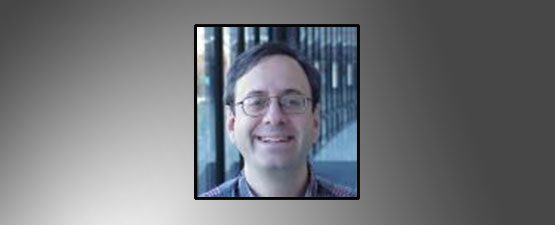Michael Picheny (IBM Research)
Lecture Date: May 8, 2019
Chapter: Germany
Chapter Chair: Wolfgang Utschick
Topic: Speech Recognition: What’s Left?
Matched field processing (MFP) compares the measures to the modeled pressure fields received at an array of sensors to localize a source in an ocean waveguide. Typically, there are only a few sources when compared to the number of candidate source locations or range-depth cells. We use sparse Bayesian learning (SBL) to learn a common sparsity profile corresponding to the location of present sources. SBL performance is compared to traditional processing in simulations and using experimental ocean acoustic data.
Supervised learning-based methods for source localization, being data driven, can be adapted to different acoustic conditions via training and have been shown to be robust to adverse acoustic environments. In this paper, a convolutional neural network (CNN) based supervised learning method for estimating the direction of arrival (DOA) of multiple speakers is proposed. Multi-speaker DOA estimation is formulated as a multi-class multi-label classification problem, where the assignment of each DOA label to the input feature is treated as a separate binary classification problem.
This paper investigates sound-field modeling in a realistic reverberant setting. Starting from a few point-like microphone measurements, the goal is to estimate the direct source field within a whole three-dimensional (3-D) space around these microphones. Previous sparse sound field decompositions assumed only a spatial sparsity of the source distribution, but could generally not handle reverberation.
Acoustic source localization and tracking is a well-studied topic in signal processing, but most traditional methods incorporate simplifying assumptions such as a point source, free-field propagation of the sound wave, static acoustic sources, time-invariant sensor constellations, and simple noise fields.
The IEEE Journal of Selected Topics in Signal Processing solicits special issues on topics that cover the entire scope of the IEEE Signal Processing Society, as outlined in the SPS Constitution, Article II:
"The Signal Processing Society's Field of Interest shall be the theory and application of filtering, coding, transmitting, estimating, detecting, analyzing, recognizing, synthesizing, recording, and reproducing signals by digital or analog devices or techniques. The term `signal' includes audio, video, speech, image, communication, geophysical, sonar, radar, medical, musical, and other signals

Lecture Date: May 8, 2019
Chapter: Germany
Chapter Chair: Wolfgang Utschick
Topic: Speech Recognition: What’s Left?
Applicants are sought for a postdoctoral position on a project of auditory perception in complex listening environments. The project employs signal processing and computational models as well as experimental techniques (recordings of brain activity) to explore mechanisms underlying auditory scene analysis and their translation into smart audio technologies.
The Department of Electrical and Electronic Engineering, Southern University of Science and Technology (SUSTech) now invites applications for the faculty position in the Department of Electrical and Electronic Engineering. It is seeking to appoint a number of tenured or tenure track positions in all ranks.
CTTC is seeking to hire an Early Stage Researcher (ESR) to join the WindMill project. The project offers an excellent research and training programme: